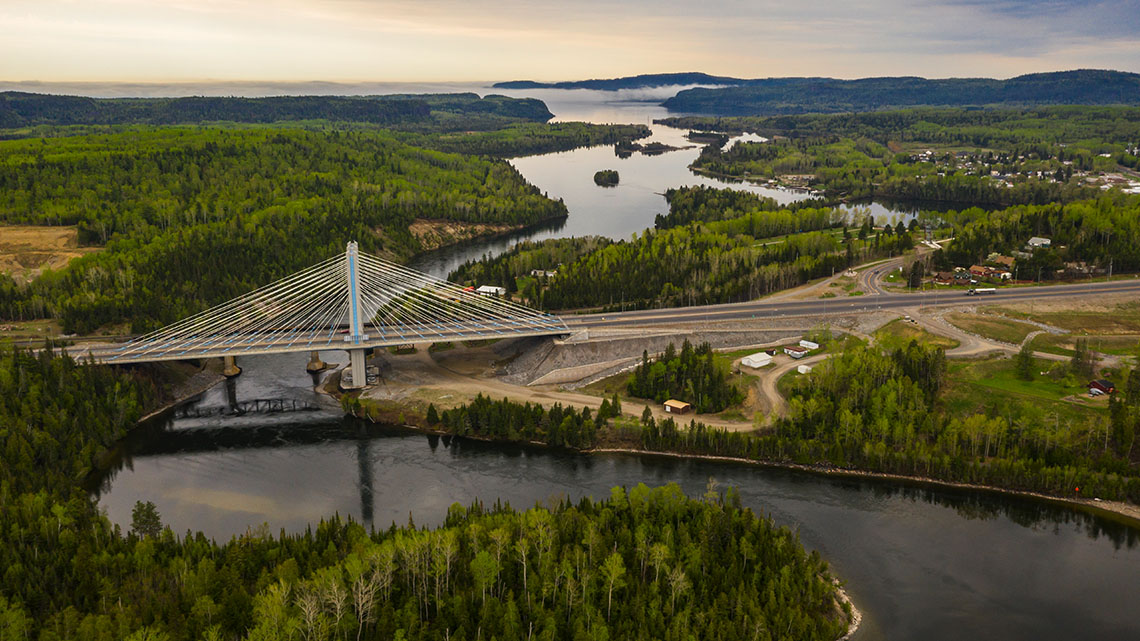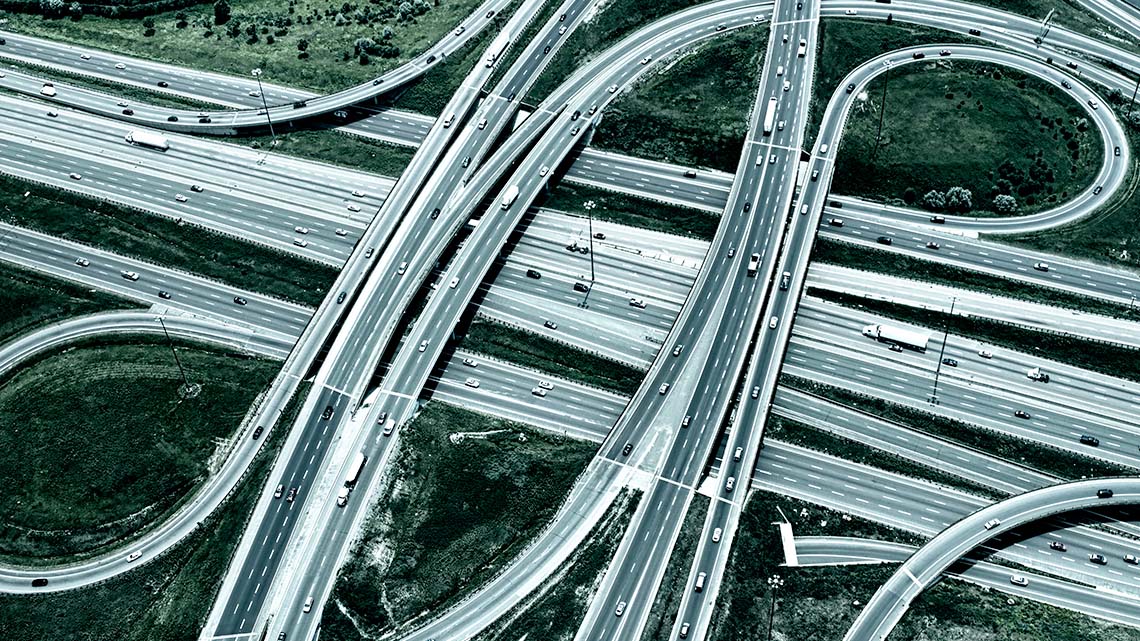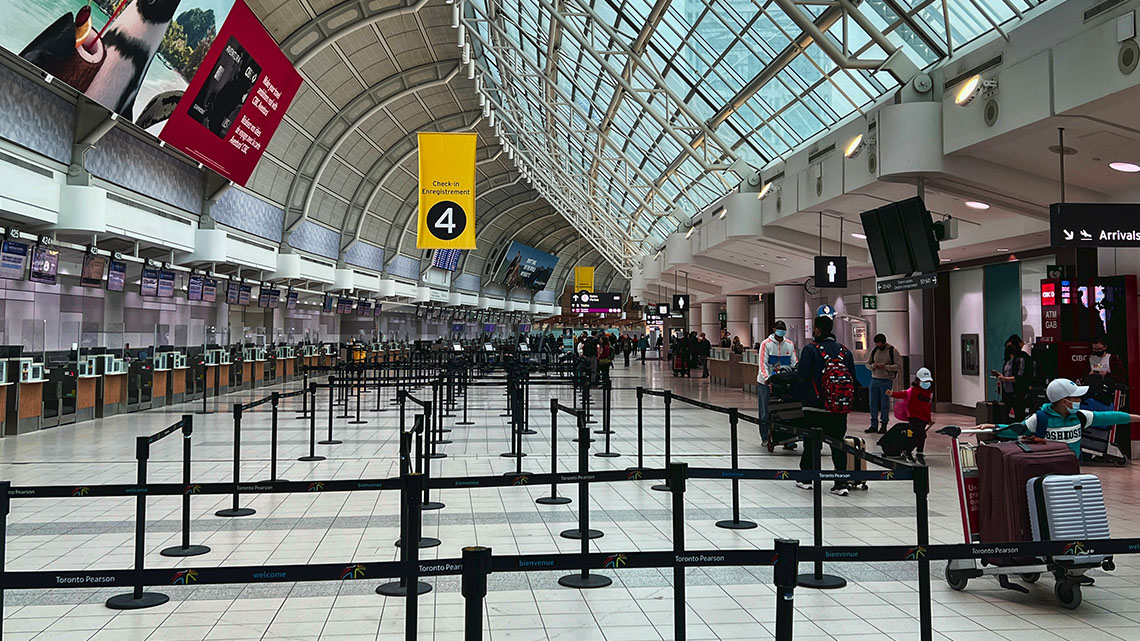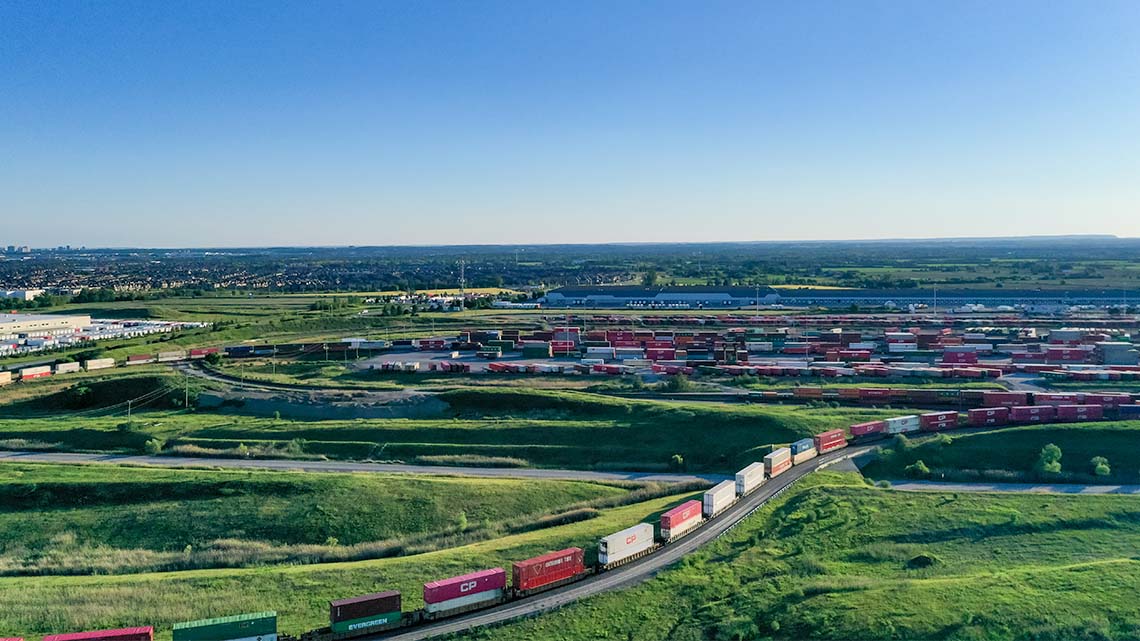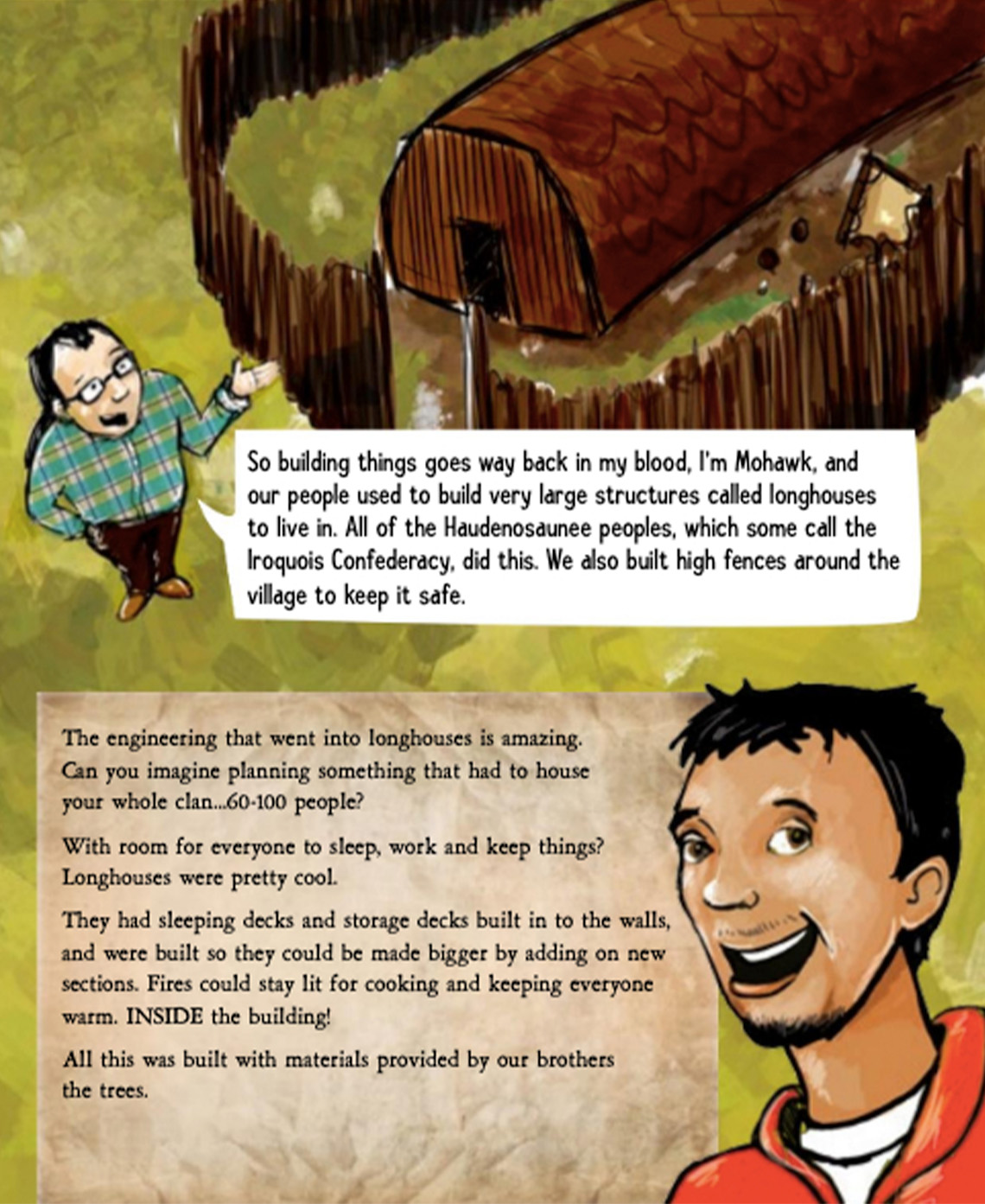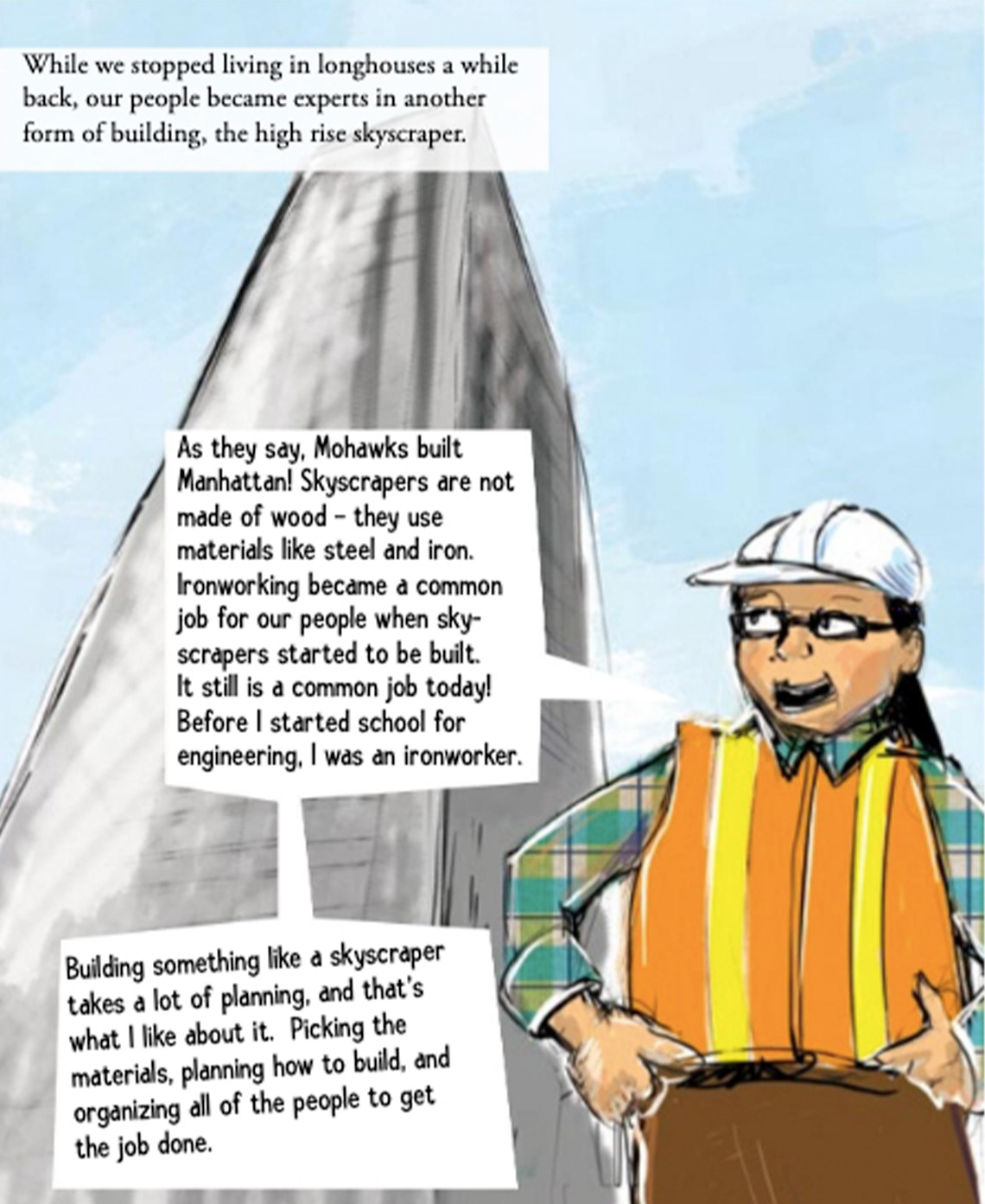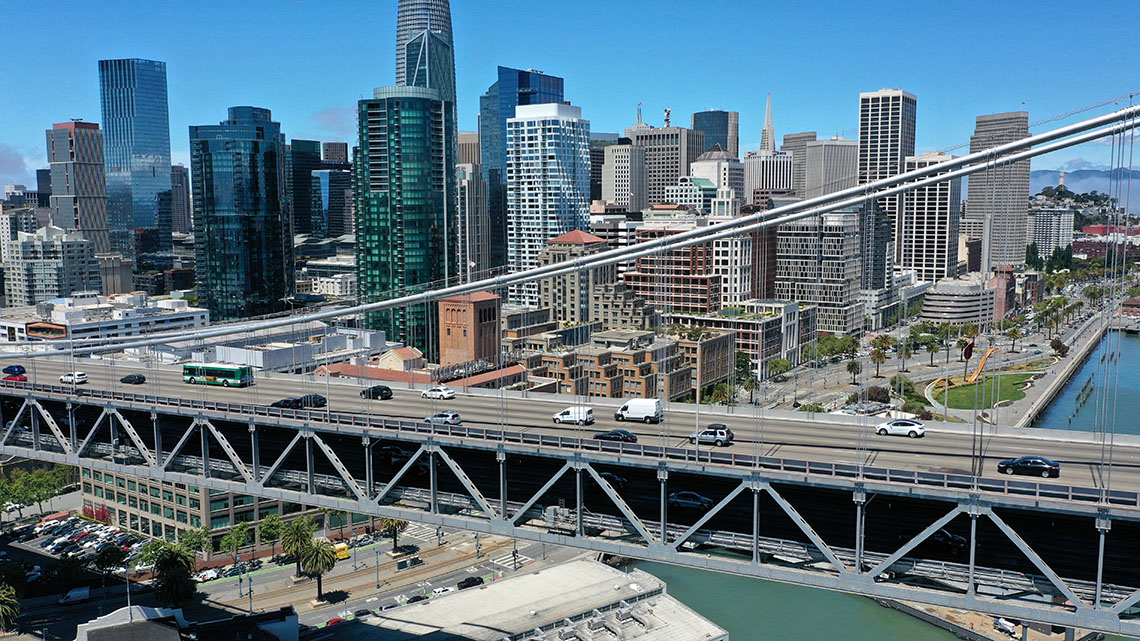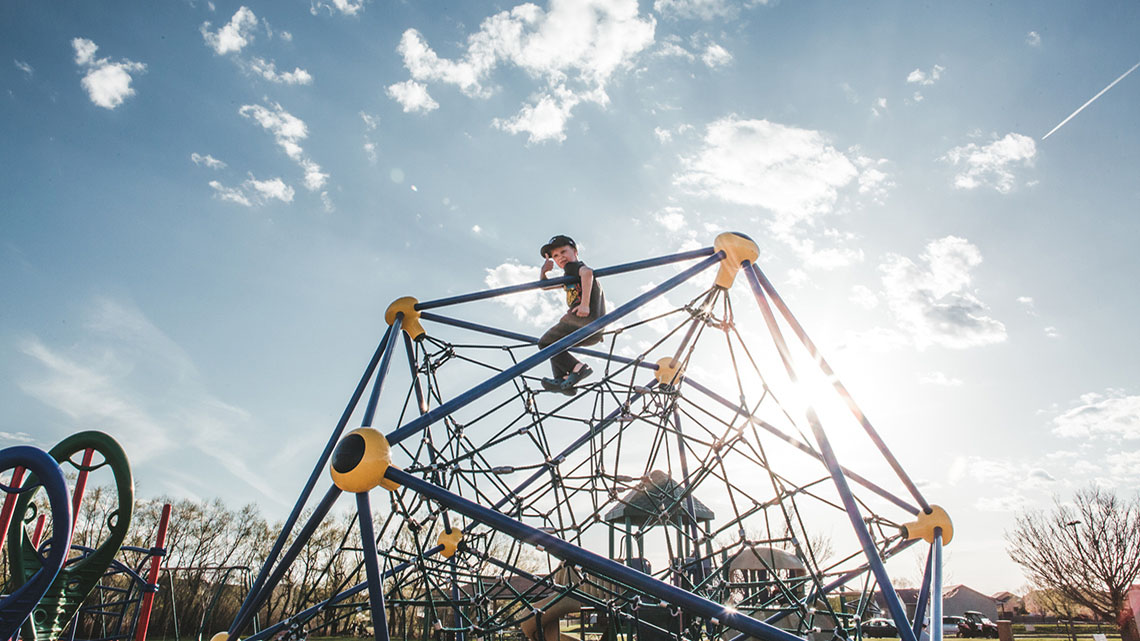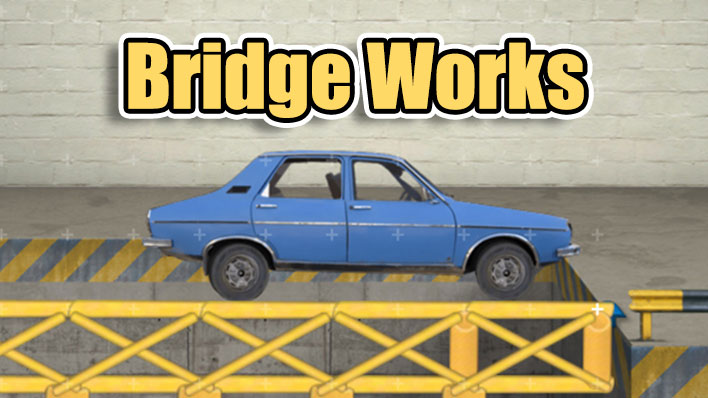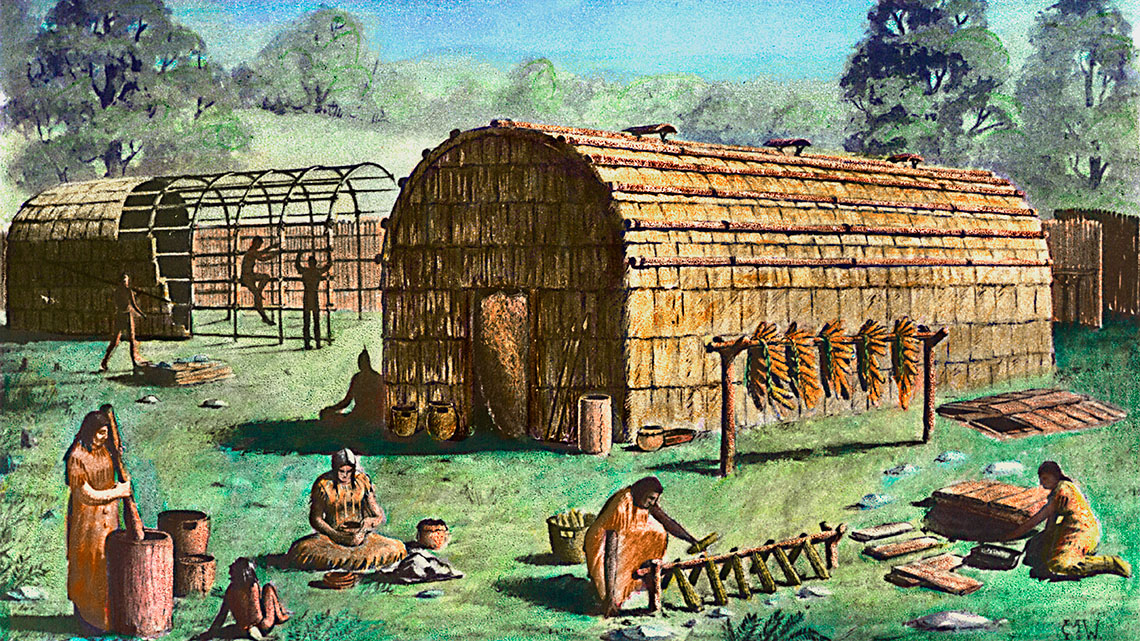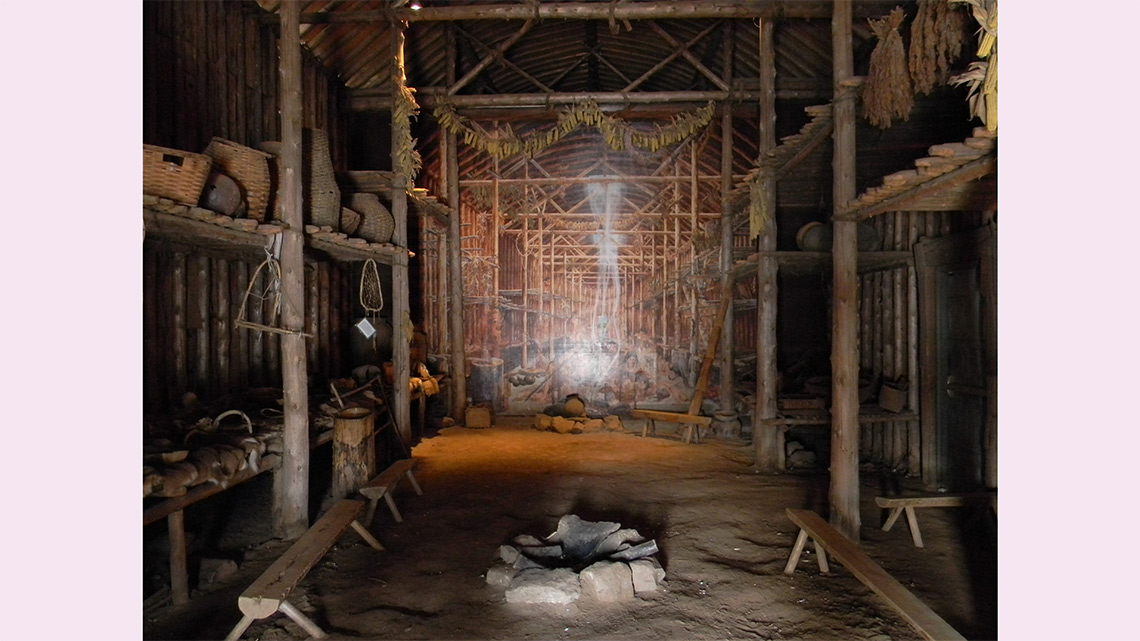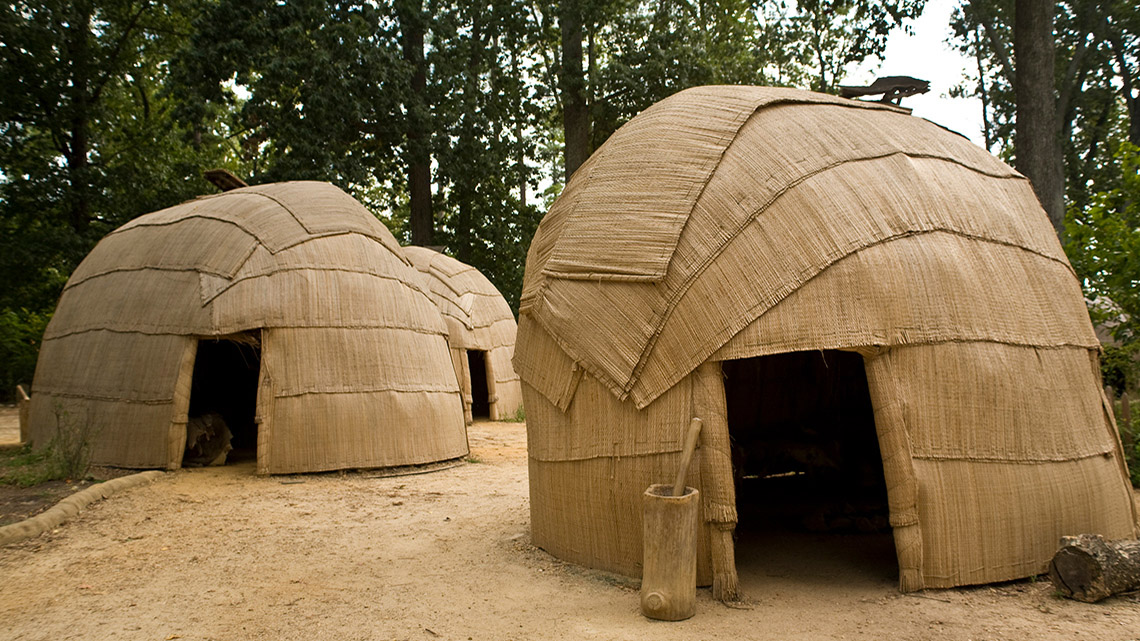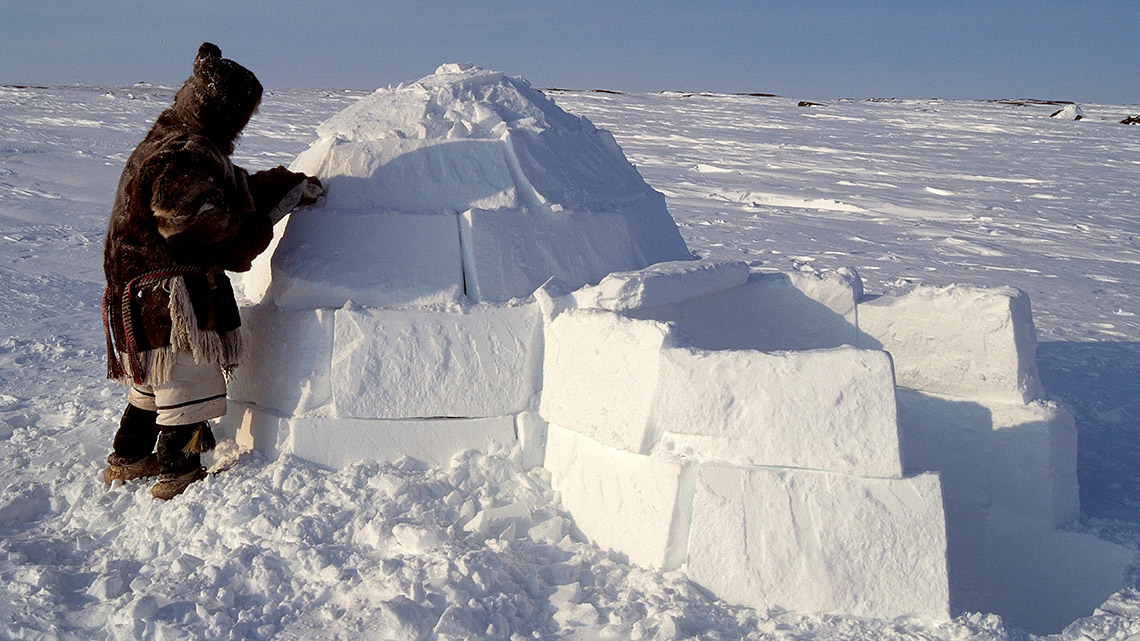Minds On
Structures
Throughout the world, engineers have designed and built many different devices, structures, and systems to solve everyday problems. A civil engineer is an engineer that designs and builds things in public that are used by people almost every day.
Explore the following carousel of structures in Ontario. As you explore, record some of the structures that you think a civil engineer may have built using a method of your choice.
Press ‘Structures’ to access some of the kinds of structures that civil engineers design and build.
Civil engineers design and build:
|
airports |
bridges |
buildings |
|
canals |
harbours |
highways |
|
railways and train stations |
tunnels |
much more! |
Action
Civil engineers
A civil engineer is a person who plans, designs, constructs, and maintains various public structures and buildings.
Explore the following carousel of pages from the comic We’re Going to Be Civil Engineers. Oke and Haven, two young Mohawk students who are both studying to be civil engineers, discuss what makes a structure and the engineering process behind the construction of traditional longhouses.
DescriptionHaven: The engineering that went into longhouses is amazing. Can you imagine planning something that had to house your whole clan…60-100 people? With room for everyone to sleep, work and keep things? Longhouses were pretty cool. They had sleeping decks and storage decks built into the walls, and were built so they could be made bigger by adding on new sections. Fires could stay lit for cooking and keeping everyone warm. Inside the building! All this was built with materials provided by our brothers the trees.
While people stopped living in longhouses a while back, our people became experts in another form of building, the high rise skyscraper.
Oke: As they say, Mohawks built Manhattan! Skyscrapers are not made of wood – they use materials like steel and iron. Ironworking became a common job for our people when skyscrapers started to be built. It still is a common job today! Before I started school for engineering, I was an ironworker. Building something like a skyscraper takes a lot of planning, and that is what I like about it. Picking the materials, planning how to build, and organizing all of the people to get the job done.
You can also explore the audio clips to hear how to pronounce the names of our guides and their Indigenous communities.
Pronunciation guide
Use the information from the previous carousel or audio clip to complete the following sorting table.
Traditional engineering knowledge
Forces will push and pull on a structure, such as gravity pulling down. Outside forces, like wind, will push the structure.
Longhouse builders didn’t always know what materials or design would work best for their structure. These builders passed on their traditional engineering knowledge by teaching younger generations, and over time more and more improvements were added to the design.
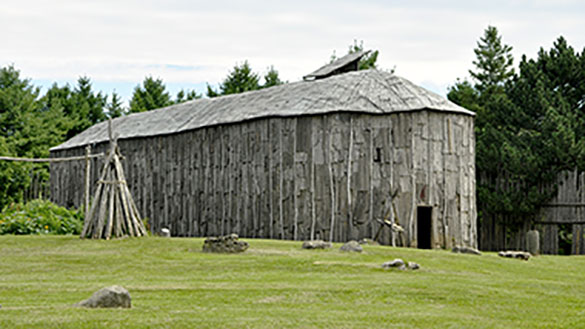
Haudenosaunee Longhouse in southern Ontario
Impact on society
When building structures that are strong and stable,
- Why might it be important to learn engineering knowledges from previous generations?
- How might these knowledges help future engineers be mindful of the environment?
Record your thinking in a method of your choice.
Engineering design process
Just like the longhouse builders and civil engineers in the comic pages we explored, many types of engineers use the Engineering Design Process to design, build, and test devices, models, or structures. Explore the following steps of the Engineering Design Process.

In Science we ask questions to help us figure out what the problem is.

Brainstorming is when you think about ideas like how to solve a problem.

When you plan something, you think about the steps you have to follow and the materials you will need.

It’s time to build. Gather your materials and your plan and start building!

Testing lets you try out your design to see if it works.

Improving is about making your design even better.

Sharing what you have learned lets other people know about your topic too!
Struts and ties
As part of the engineering and design process, engineers are always testing and re-testing devices, models, and structures to make improvements. The goal is to make structures stronger and more stable. Through this process, they often discover how materials and designs can be improved or changed.
Engineers also design bridges! Let’s learn more about how engineers use certain designs and materials to increase the stability and strength of bridges so they can hold the load of cars and people.
Explore the following Power Hour of Learning video entitled “Building Bridges” to learn more about the science of building bridges and the forces that act on them.
Use the information from the previous video to answer the following questions:
- What is the purpose of a bridge?
- What are forces that act on a bridge?
- What is a strong shape that engineers use?
Record your answers using a method of your choice.
Press ‘Answers’ to access some possible answers.
|
1. |
The purpose of a bridge is to move people and cars across it safely. |
|
2. |
Forces that act on a bridge are:
|
|
3. |
A triangle is a strong shape that engineers use. |
In the previous video, you may have noticed that teacher Cameron was making changes to his bridge to increase its strength and stability. He followed the engineering and design process by testing his bridge out, recording observations, making changes and improvements, and then re-testing it to see if his improvements worked.
The engineering design process can be repeated over and over until an engineer feels that the structure or device they have created is ready to be used.
Engineers use triangles when designing and building structures because they are a lot stronger than other shapes, such as squares. Engineers also use specific materials that are designed to increase the strength and stability of houses, bridges, or even playgrounds.
Often, these structures use struts and ties to help keep them strong and stable.
A tie is a structural support that is part of a framework and is designed to resist tension forces. It is usually set at an angle between a beam and its support base.
A strut is similar to a tie but is placed underneath the beam where it provides resistance to the forces of compression.

Two struts and a tie built as a triangle. The struts are the two upper sides of the triangle, and they resist the downward compression of a weight. The tie is the bottom side of the triangle (labelled “floor beam”), and it resists the sideways tension of a force.
Explore the following carousel of structures. As you explore, observe any struts, ties, and triangles that are part of the structures.
It’s time to play a game! You will now access “Science Max – Bridge Works”.
Investigate the concept of structural strength, and strong and stable structures, by building and testing your own pasta bridge in this game.
Exploring Indigenous structures
You are now going to explore images of traditional Indigenous structures and record the characteristics that you notice about each structure, as well as one wondering that you have.
Complete the Traditional Indigenous Structures Worksheet in your notebook or using the following fillable and printable document. If you would like, you can use speech-to-text or audio recording tools to record your thoughts.
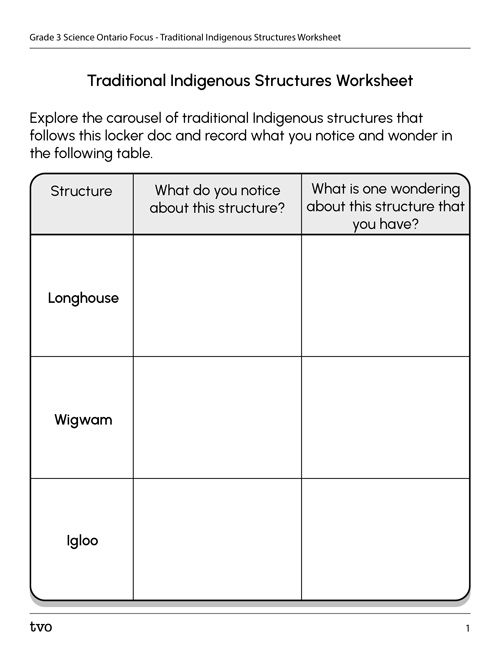
Press the Activity button to access the Traditional Indigenous Structures Worksheet.
Activity (Open PDF in a new tab)Please note that the proper term to refer to the identity of the Indigenous Peoples in this graphic novel is Haudenosaunee Peoples.
Consolidation
Teach someone else!
In this learning activity we have learned about the role of a civil engineer and the steps of the engineering design process. You have explored what an engineer should consider when designing and building various structures, and the steps they follow to increase the strength and stability of their structure.
You are now going to share what you’ve learned about civil engineering and the engineering and design process!
Choose one step of the engineering and design process. Describe this step and why it is important, then explain the role of a civil engineer and structures they design.
Use the following checklist to guide your thinking and share your learning using a method of your choice.
Engineering presentation checklist
Answer the following questions to help you create your engineering presentation.

Reflection
How do you feel about what you have learned in this activity? Which of the next four sentences best matches how you are feeling about your learning? Press the button that is beside this sentence.
I feel…
Now, record your ideas about your feelings using a voice recorder, speech-to-text, or writing tool.
